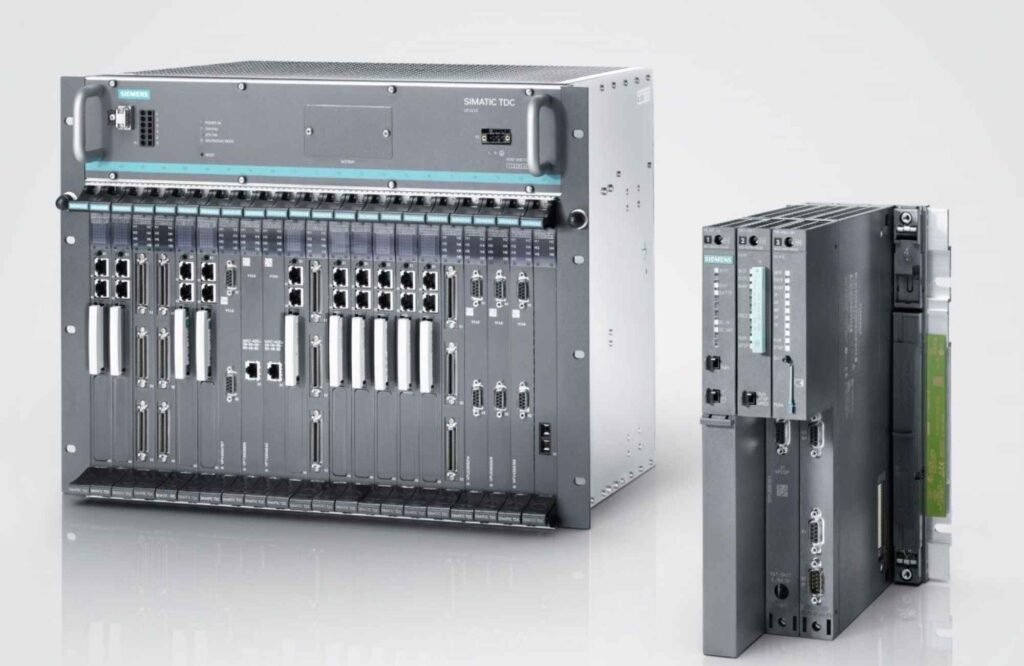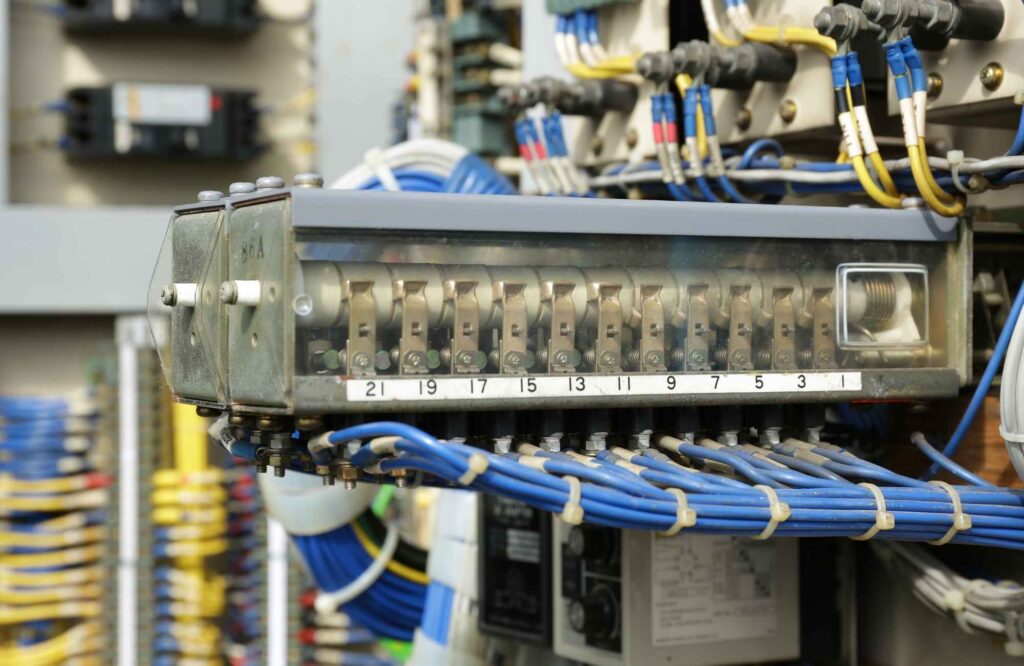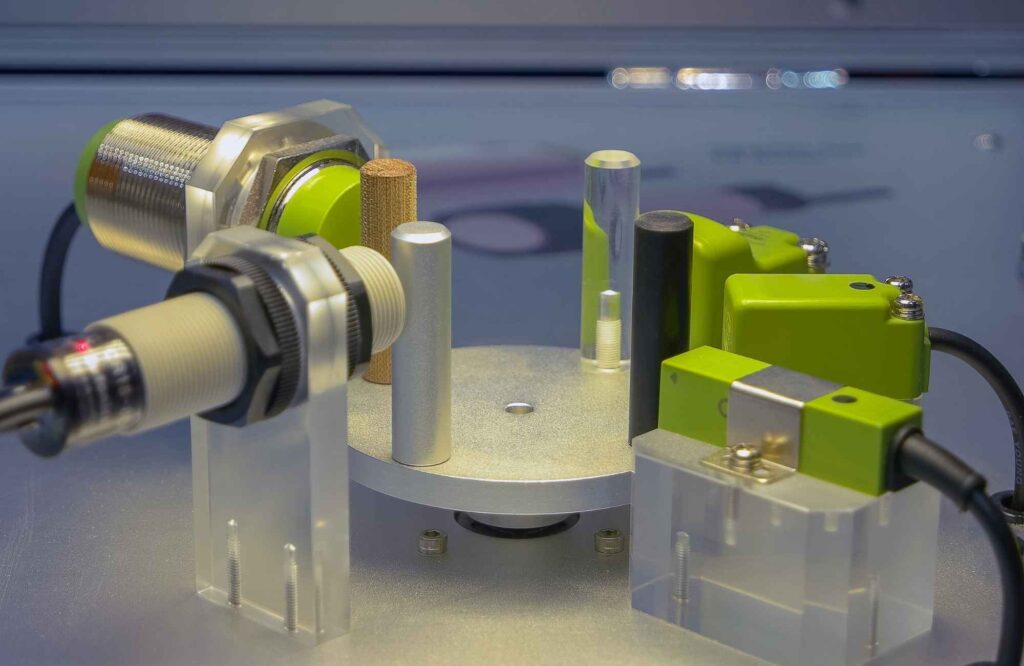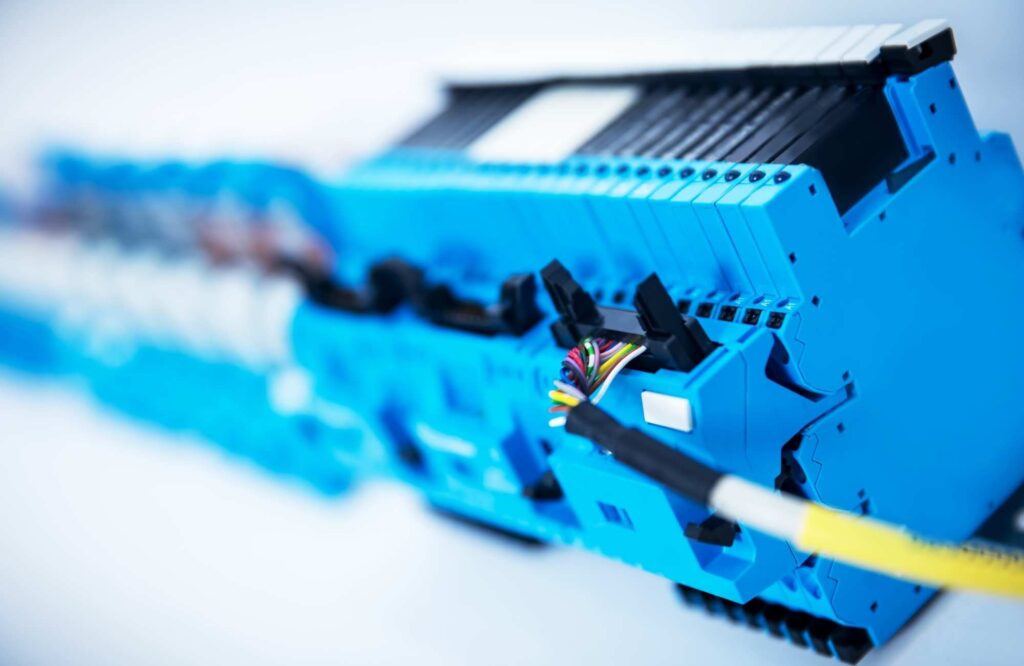Siemens SIMATIC Controller: The Brain Behind Seamless Automation

This blog post delves into the world of Siemens SIMATIC controllers, explaining why they are a cornerstone of modern industrial automation and highlighting their benefits for machinery and equipment factories, manufacturers, and factory solution companies. We aim to demonstrate how SIMATIC controllers can transform your operations, improve efficiency, and ultimately, drive profitability. As a business specializing in industrial automation and industrial control products for manufacturing plants, we understand the critical role that reliable and adaptable control systems play in today’s competitive landscape.
Understanding Analog Inputs in PLC Systems: Bridging the Gap Between Digital and Analog Signals

Analog inputs are the lifeline of modern automation systems, acting as the crucial link between physical processes and digital controllers like PLCs (Programmable Logic Controllers). Grasping the concept of analog inputs and how they differ from digital inputs is essential for anyone involved in industrial automation. This article will delve into what analog inputs are, how they function within PLC systems, and why understanding the differences between analog and digital signals is vital.
What Is an Encoder? Basics of How It Works

Encoders are essential components in today’s automation and motion control systems. They convert motion to an electrical signal that can be read by some type of control device, such as a PLC or a microcontroller. If you’ve ever wondered how machinery precisely detects position and speed, or how robotic arms know where to move, this article is for you. We’ll explore the fundamentals of encoders, their types, and their crucial role in various applications.
What is a Safety PLC? Understanding Safety and Automation

In an age where automation is integral to operational success, ensuring workplace safety is paramount. Many industries grapple with the question: how can we effectively integrate safety measures into our automation systems? A Safety PLC (Programmable Logic Controller) serves as a robust solution, providing an effective way to manage safety functions while meeting stringent safety standards.
